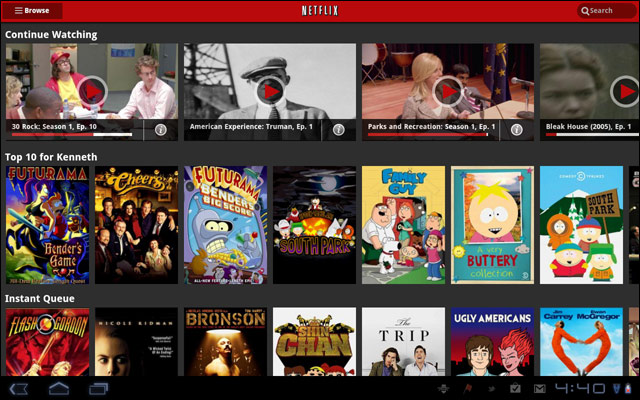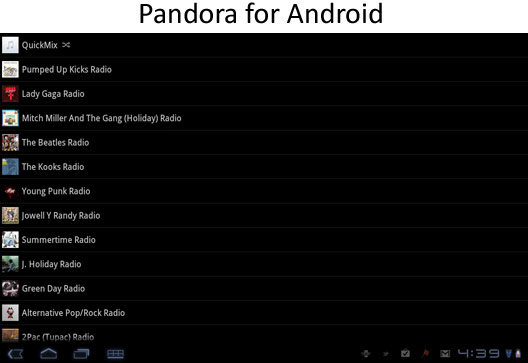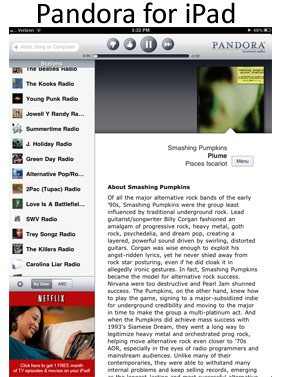Four Cores Won’t Fix Android Tablet App Gap
The ASUS Eee Pad Transformer Prime is the first of what will likely be many Android tablets that sport Nvidia's new Tegra 3 quad-core processor. This chip has a ton of power under the hood, and each core has the ability to run at 1.3-GHz. In our testing, this beast of a slate outperformed its dual-core predecessor by a wide margin in most benchmarks. There's just one problem. Users don't care.
What tablet buyers do care about is what they can do with all this extra power. And the answer so far is…not very much.
Based on our Transformer Prime tests and some early reviews, the lag that has dogged Android Honeycomb tablets isn't as bad as it once was. But it's still there. The software just doesn't feel as fluid as iOS. Worse, the Android Market still stocks a sad number of tablet-optimized apps versus Apple's App Store.
If you go to the Android Market right now, you’ll see 188 apps listed in the Featured Tablet section. If you search, you'll find there are at least 5,000 apps available in the Market that support Android 3.0 or higher, but most Android tablet owners wouldn’t know how to find them. The iPad has more than 140,000 apps that were designed for Apple’s tablet.
So what about quality? The Android Market is finally starting to stock some apps optimized for bigger screens, but there are still plenty of them that are just stretched-out smartphone apps. In the good pile, you have options such as the news reader Pulse, which has an attractive tile-style interface. The recently revamped Netflix app is another big-screen winner, with large box art you can easily swipe through beneath your recently played options. In fact, right now, Netflix looks better on Android than it does on iOS, which uses a lot of wasted white space. The iPad update is coming soon.
The game selection on Android tablets has also improved. Titles such as Shadowgun and Riptide are immersive and are chock-full of even more eye candy when played with on a Tegra 3 tablet.
But then there are Android apps—lots and lots of them—that just don’t translate well to the bigger screen. Take Pandora. On the iPad version, there’s an elegant two-column layout that displays your stations on the left side and the music that’s currently playing in the middle. On the Android app, your list of stations is on a different screen. Facebook created a dynamic iPad app with a slide-out panel for quickly jumping to your Favorites and apps. The Android version is just the phone app, which looks crude on an HD display. It’s the same deal with the Twitter app.
Sign up to receive The Snapshot, a free special dispatch from Laptop Mag, in your inbox.
It’s not necessarily Google’s fault that these and other developers are dragging their heels. Or is it? Back in October, Android head Andy Rubin told a crowd at the AsiaD show that “I don’t think there should be apps specific to a tablet.” Rubin was referring to the fact that Android 4.0, dubbed Ice Cream Sandwich, will unify Google’s mobile operating systems, so making the distinction between phones and tablets for developers might be counterproductive.
I beg to differ.
Just because a smartphone has an HD display, that doesn’t mean the user experience should be the same on a handset as it is on a slate. It will be critical for Google to push developers toward making their tablet apps truly optimized for tablets. Heck, pull a Microsoft and pay them if you have to.
Do I blame developers for taking their sweet time? Not necessarily. According to the market research company NPD, HP actually beat out Samsung to be the No. 1 maker of tablets outside of the iPad through October. Granted, a lot of the credit goes to HP's $99 TouchPad fire sale, but the bottom line is that consumers just haven't been that excited about Android slates.
Ironically, Amazon's smaller Android Appstore could be the one to help Google close the app gap with iOS. Given that millions of customers will supposedly snap up the Kindle Fire between now and the end of the year, I expect a lot more developers to pay attention to Android in general. But for now, stretched phone apps look fine on that tablet's 7-inch 1024 x 600 screen. It will likely take Amazon debuting its own rumored quad-core HD tablet to force developers to deliver experiences tailor-made for bigger and higher-res screens.
So does quad-core matter? Of course. But shoppers won't bite until Google and its partners stock the Android Market with at least quadruple the number of compelling tablet apps.





